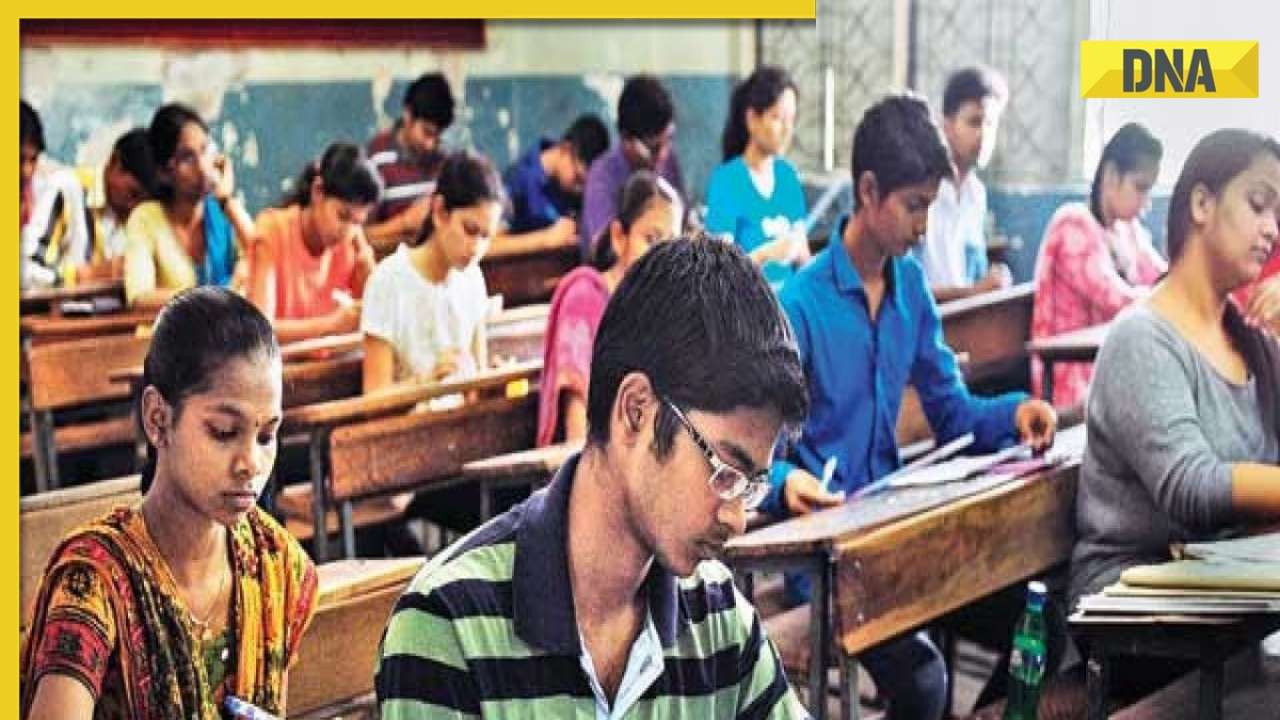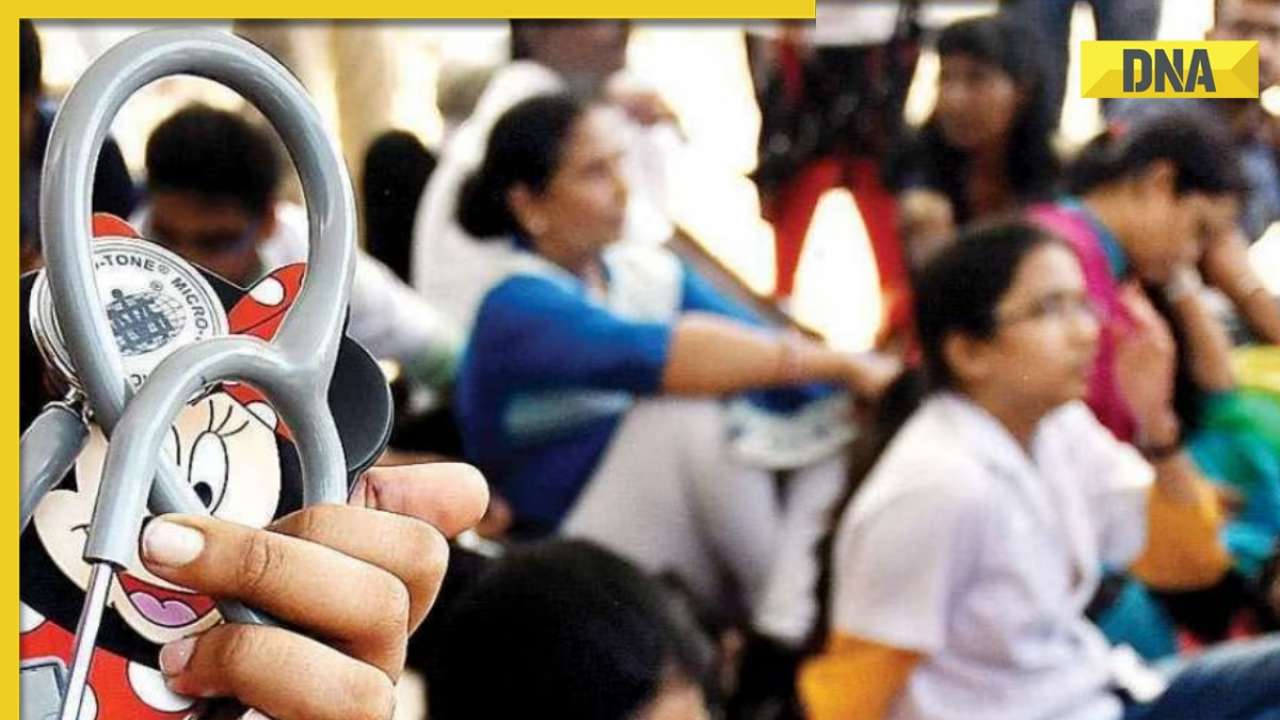- Select a language for the TTS:
- UK English Female
- UK English Male
- US English Female
- US English Male
- Australian Female
- Australian Male
- Language selected: (auto detect) - EN
Play all audios:
Science-based evidence and enlightened diplomacy have brought within reach a historic opportunity for nuclear détente with Iran. It must be seized. In a diplomatic tour de force, negotiators
from six world powers and Iran reached — against the odds — a tentative agreement on 2 April to ensure that Iran’s nuclear programme is for peaceful purposes only. It is science-informed
diplomacy and foreign policy at its best. Even the most optimistic of seasoned nuclear-weapons and non-proliferation experts were surprised by the comprehensiveness of the interim accord,
its level of detail, and the substantial concessions made on both sides. Few had expected this degree of progress given the decades of hostility and intransigence on both sides. In a perhaps
unprecedented flurry of published opinion pieces and statements, experts have overwhelmingly lent their support to the accord. They have also subjected it to robust online peer review,
highlighting the positive outcomes, but also pointing out the technical loopholes and details that they feel must still be negotiated or clarified before the 30 June deadline for a final
agreement. The emphasis on getting the scientific and technical assessments that underpin the issues right, to offer political leaders confidence in the projected outcomes, has played a
central part in getting to this crucial juncture. Two physicists, both at the Massachusetts Institute of Technology in Cambridge in the 1970s, had key roles: Ali Akbar Salehi, head of Iran’s
Atomic Energy Organization, and Ernest Moniz, the US energy secretary. In long face-to-face discussions, the men thrashed out the complex nuclear science to come up with acceptable
compromises that did not cross the red lines of either side. Importantly, the lead negotiators, US secretary of state John Kerry and Iranian foreign minister Mohammad Javad Zarif, have taken
on board their scientific advice. Scientists share a language, culture and values that can help to transcend politics and enmity. Researchers involved in past nuclear-weapons treaties say
that scientific collaboration between adversaries is crucial to building trust and confidence, but they emphasize that it takes time. Iran has been ostracized by many governments for almost
four decades, and rebuilding trust on both sides will take years. That this rapprochement is now under way can only be commended — especially at this time of exceptional political
instability in the Middle East, which has unexpectedly aligned some of Iran’s and the West’s strategic interests. Any easing of the sanctions on Iran and its political isolation will also
benefit the country’s isolated scientific community. > Scientists share a language, culture and values that can help to > transcend politics. Experts are unanimous that the framework
of the deal shows that it could essentially put Iran’s nuclear programme on ice for well over a decade — and so buy the time needed to build greater trust and to develop further measures to
ensure that any eventual larger Iranian nuclear programme remains peaceful. The accord would, for example, block Iran’s potential route to a plutonium bomb, by redesigning the country’s Arak
heavy-water reactor to make it much less capable of producing weapons-grade plutonium. Moreover, all plutonium-containing spent fuel would be shipped out of the country. Iran’s potential to
make a bomb using enriched uranium would also be curtailed to the extent judged necessary by scientists to ensure that, for the foreseeable future, it would take the country more than a
year to ‘break out’ and develop a nuclear weapon, leaving enough time for international intervention (see page 274). The Vienna-based International Atomic Energy Agency would also be given
unprecedented powers to inspect Iran’s entire nuclear programme for 25 years to ensure that, were Iran to violate the agreement either overtly or covertly, this would be detected quickly.
Iranian and other scientists emphasize the interplay of science and politics. The breakthrough was made possible, they say, only by the election of the relative reformer Hassan Rouhani to
the Iranian presidency in 2013 and of Barack Obama to the US presidency in 2008. Both leaders have been more open to pragmatic and constructive dialogue between the two nations than their
predecessors. Critics of the deal have yet to put forward any credible alternatives, or any substantive challenges to its technical underpinnings, relying rather on political rhetoric and
stoking fear to justify inaction. The late US president Ronald Reagan famously adopted the Russian proverb “Trust, but verify” with respect to the monitoring of nuclear-disarmament treaties
with the Soviet Union. It is time once again for progressive policies to prevail over dangerous inaction. RELATED LINKS RELATED LINKS RELATED LINKS IN NATURE RESEARCH Iran nuclear deal
raises hopes for science 2015-Apr-14 Iran nuclear deal poses scientific challenges 2015-Apr-09 Science diplomacy in Iran 2014-Jun-30 We are all Iranians 2009-Jul-01 Iran diaspora responds to
protests 2009-Jun-24 Obama's nuclear-weapons-free vision 2009-Apr-08 Time to connect 2008-Mar-05 RELATED EXTERNAL LINKS US account of 2 April preliminary agreement with Iran
International Atomic Energy Agency & Iran Institute for Science and International Security & Iran Opinions of the agreement in the Bulletin of the Atomic Scientists RIGHTS AND
PERMISSIONS Reprints and permissions ABOUT THIS ARTICLE CITE THIS ARTICLE Close the deal. _Nature_ 520, 263 (2015). https://doi.org/10.1038/520263a Download citation * Published: 14 April
2015 * Issue Date: 16 April 2015 * DOI: https://doi.org/10.1038/520263a SHARE THIS ARTICLE Anyone you share the following link with will be able to read this content: Get shareable link
Sorry, a shareable link is not currently available for this article. Copy to clipboard Provided by the Springer Nature SharedIt content-sharing initiative






